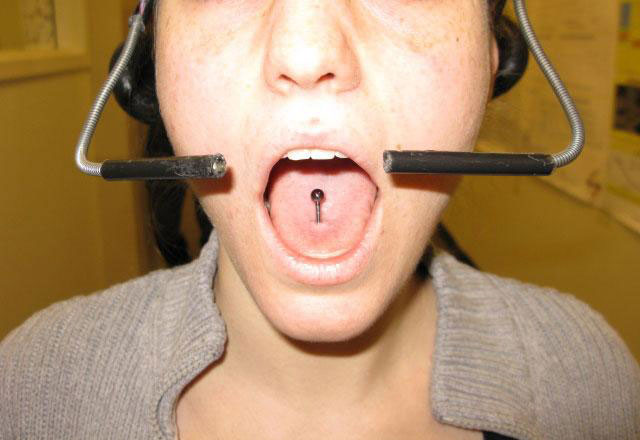Tongue-Operated Devices Help Paralyzed People
Toungue Operated Devices Overview
- Name of the technology: Tongue-Operated Devices Help Paralyzed People
- Price: NA
- Popularity: Tongue Drive System becomes a 2010 DaVinci Awards finalist and goes on to win the inaugural People’s Choice Award: “The LEO”
- Minimal physical requirements: The patient has to be able to move his Tongue freely.
Severely disabled persons with impairments of the nervous system, especially from brain and spinal cord injuries, find it difficult to carry out daily tasks without assistance. The Christopher and Dana Reeve Foundation recently reported that nearly 1 in 50 people in the United States are living with paralysis, and nearly one-fifth of these individuals require continuous help. Every year 11,000 new cases occur as a result of car accidents, acts of violence, and falls. More than one-half of these victims are between the ages of 16 and 30 and will require special care for the rest of their lives.
Loss of motor control significantly reduces quality of life; individuals cannot perform many of the daily tasks that able-bodied people take for granted such as turning on a light or opening a door. It also forces individuals to be continuously dependent upon a family member or dedicated caregiver, which can significantly increase their healthcare costs. Wheeled mobility for transportation inside and outside the home is a key enabling factor for those suffering from paralysis. Most use electrically powered wheelchairs (PWC) that allow them to perform daily tasks with greater independence. However, most PWCs are controlled by a joystick, which requires hand function often lacking in people with severe disabilities.
 An individual with magnetic tongue piercing wearing the Tongue Drive System headset.
An individual with magnetic tongue piercing wearing the Tongue Drive System headset.
To watch a video clip of the device in action, or to hear real stories from individuals with spinal cord injuries please visit:
http://www.nsf.gov/news/special_reports/science_nation/tonguedriver.jsp and
http://www.cnn.com/2010/HEALTH/01/25/hm.wheelchair.tongue/index.html